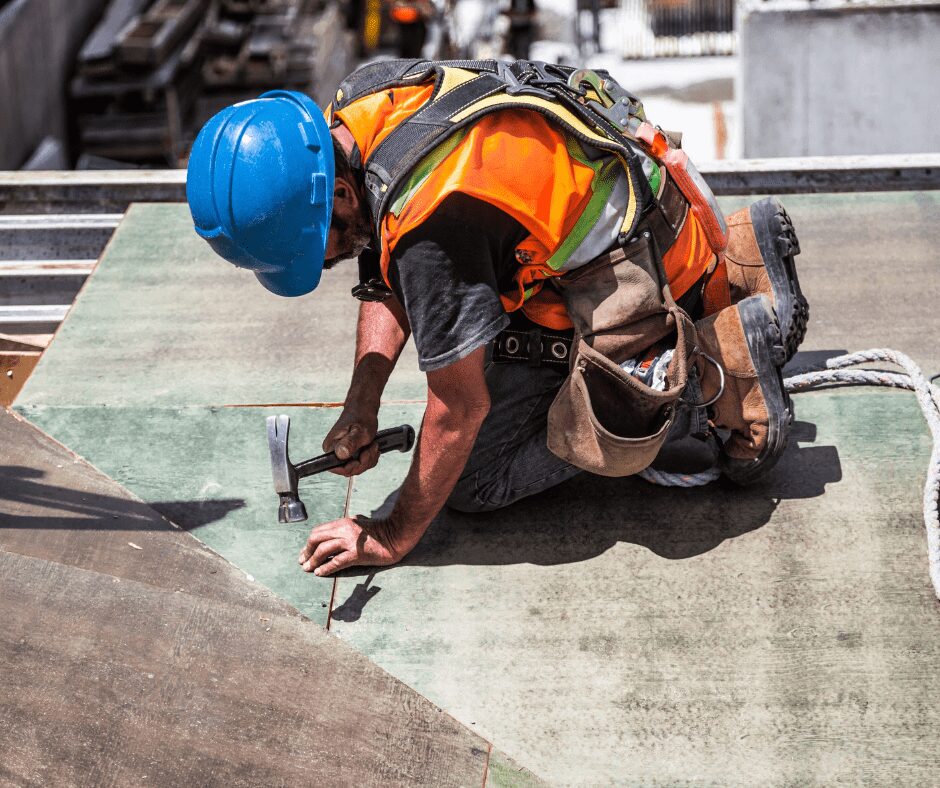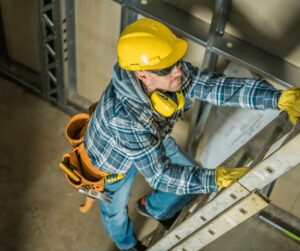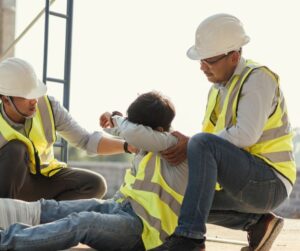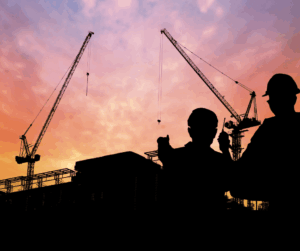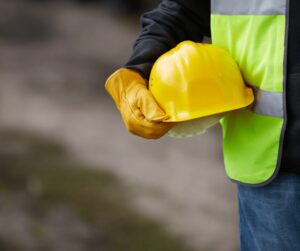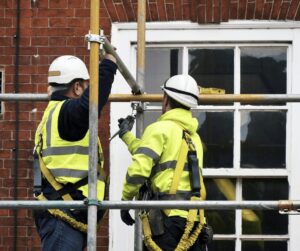
Construction sites are often bustling hubs of activity—heavy machinery moving in every direction, crews working at various heights, and materials stacked all around. With so many moving parts, the risk of falls on construction sites is always present. Whether you slipped off a scaffolding, tripped over loose cables, or fell through an unsecured opening, a fall can lead to serious injuries that sideline you from work and daily life.
If you’ve experienced a fall-related injury, you may wonder what your legal options are beyond the standard workers’ compensation benefits, such as a construction fall injury lawsuit. If a third party played a role in your accident, you could pursue a separate claim against them. In this post, we’ll walk through what to do after a construction site fall.
1. Prioritize Your Immediate Health and Safety
Your well-being comes first. It’s critical to seek prompt medical attention after any fall, especially from a height. Even if you can walk away, serious injuries might fully manifest. For instance, back injuries, head trauma, and soft-tissue damage can worsen in the days following a fall.
By getting checked out immediately, you reduce the risk of complications and create medical records that link your injuries directly to the construction accident. If you file a construction fall injury lawsuit, thorough documentation of your treatment can make all the difference in proving damages.
2. Report the Incident and Document the Scene
One of the most critical steps after a fall is to immediately notify your supervisor or the general contractor. While you don’t want to make speculative statements about fault or apologize unnecessarily, you must ensure an official record of the incident is created.
Include crucial details in your incident report, such as the following:
- Date, time, and precise location of the fall;
- Basic description of how the accident occurred;
- Names of witnesses or co-workers who saw what happened; and
- Any contributing factors you noticed, like loose debris, poor lighting, or inadequate fall protection.
If you can safely do so, take photographs or videos of the area where you fell. Capture details like uneven floors, missing guardrails, or any equipment that might have malfunctioned. These images can later help demonstrate how the site contributed to your injuries.
Establishing a clear link between site conditions and your fall can be pivotal for proving third-party negligence. It’s easier to get this evidence right away than attempting to reconstruct the scene later.
3. Understand Potential Third-Party Liability
Many injured construction workers assume they’re limited to workers’ compensation benefits through their employer. While workers’ comp covers some medical costs and partial lost wages, it typically does not offer compensation for pain and suffering or the full extent of lost earning capacity.
When Can a Third Party Be Liable?
A third-party injury claim usually focuses on the responsibilities of parties other than your direct employer. These might include:
- Property owners. If the owner knew about unsafe conditions (like loose railings or exposed edges) but failed to fix them, they could be partially at fault.
- General contractors or subcontractors. Sometimes, a subcontractor’s negligence, such as leaving equipment in a hazardous spot or removing safety nets, can lead to a fall.
- Equipment manufacturers. If faulty scaffolding or safety gear (e.g., harnesses that give way) causes your injuries, the manufacturer may be responsible for a defective product.
- Engineers or architects: Structural design flaws or improper site planning can create hidden fall hazards.
If another party’s breach of duty helped create unsafe conditions, you might have grounds to pursue compensation beyond workers’ compensation through a lawsuit. Identifying these parties can be a complex process requiring significant legal experience.
4. Gather and Preserve Evidence to Strengthen Your Claim
Solid evidence is critical if you’re considering action against a third party. Any successful construction fall injury lawsuit hinges on proving how the defendant’s negligence directly led to the accident. In addition to photos and an official incident report, you should consider the following:
- Witness statements. Ask co-workers or bystanders if they’re willing to share what they saw. Written or recorded statements can help corroborate your account.
- Maintenance logs. If your fall involved equipment like scaffolding or harnesses, records of maintenance (or a lack thereof) might reveal negligence on the part of the company responsible for upkeep.
- Project contracts. These documents might outline who is responsible for specific safety measures on the site. This information can help clarify liability.
- Medical records. Keep copies of every appointment, procedure, or prescription related to your injury. This detailed record shows the scope of your damages.
Promptly collecting evidence can ensure it remains accurate and more challenging to dispute later. The more thorough your documentation, the stronger your potential legal position will be.
5. Consult an Experienced Attorney
Navigating the legal maze of falls on construction sites isn’t easy, especially when you’re focused on recovering from a serious injury. An attorney who understands New York’s labor laws and third-party negligence cases can help you:
- Identify responsible parties,
- Calculate damages,
- Negotiate with insurance companies, and
- Meet legal deadlines.
The right legal approach can mean the difference between a partial recovery through workers’ compensation and a more comprehensive outcome that accounts for every facet of your injury.
6. Protect Your Rights Under New York Labor Law
New York has unique labor laws aimed at protecting construction workers, especially from falls from heights. For instance, the Scaffold Law mandates that certain property owners and contractors provide adequate safety devices, like guardrails, nets, and harnesses, for tasks performed at elevated heights.
If you can show that the site failed to comply with these heightened safety rules, you might have a strong foundation for a lawsuit. Courts in New York often take a firm stance in these cases, holding owners and contractors to strict standards.
Moving Forward After a Construction Site Fall
Taking a fall at a construction site can be physically and emotionally jarring. Yet, New York’s legal framework does offer avenues for injured workers to seek more than the basics of workers’ compensation, especially when third parties or safety violations are involved. If you’re grappling with whether to file a construction fall injury lawsuit, remember that you don’t have to navigate the process alone.
Contact Greenspan & Greenspan Injury Lawyers if you need legal assistance. We’ve been assisting injured New York workers since 1959. Please schedule a consultation, and let us help do everything possible to protect your rights.

